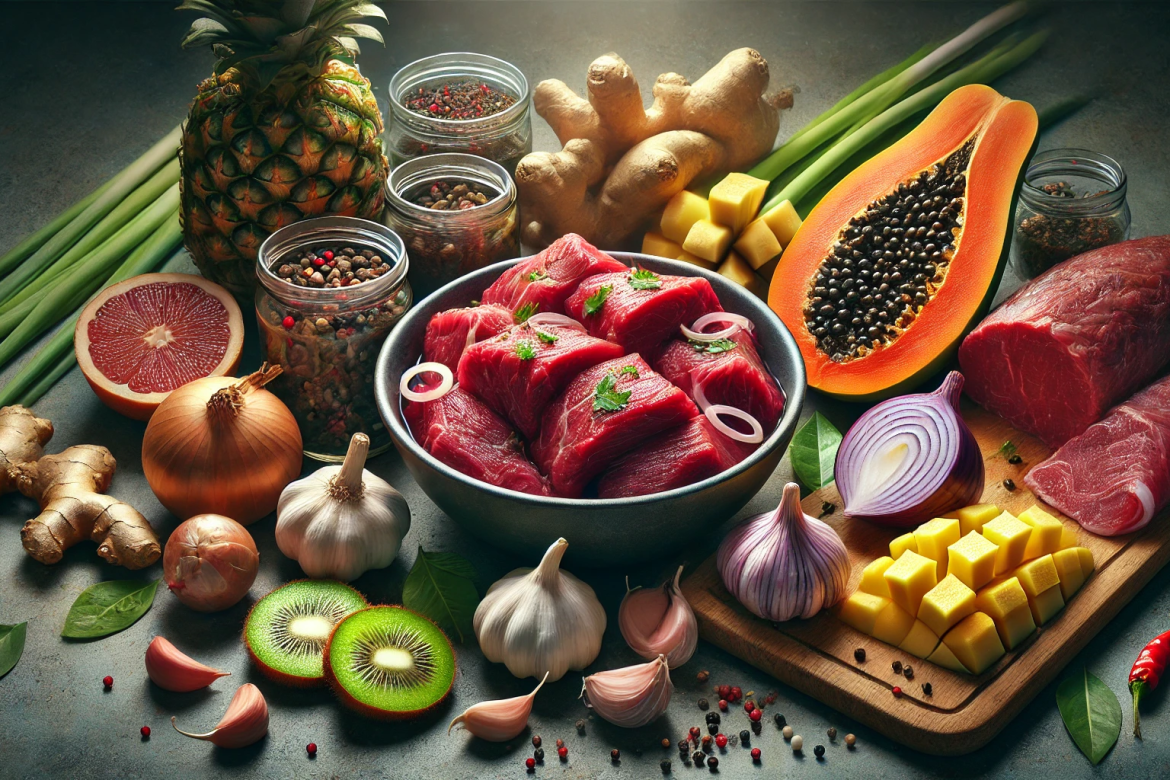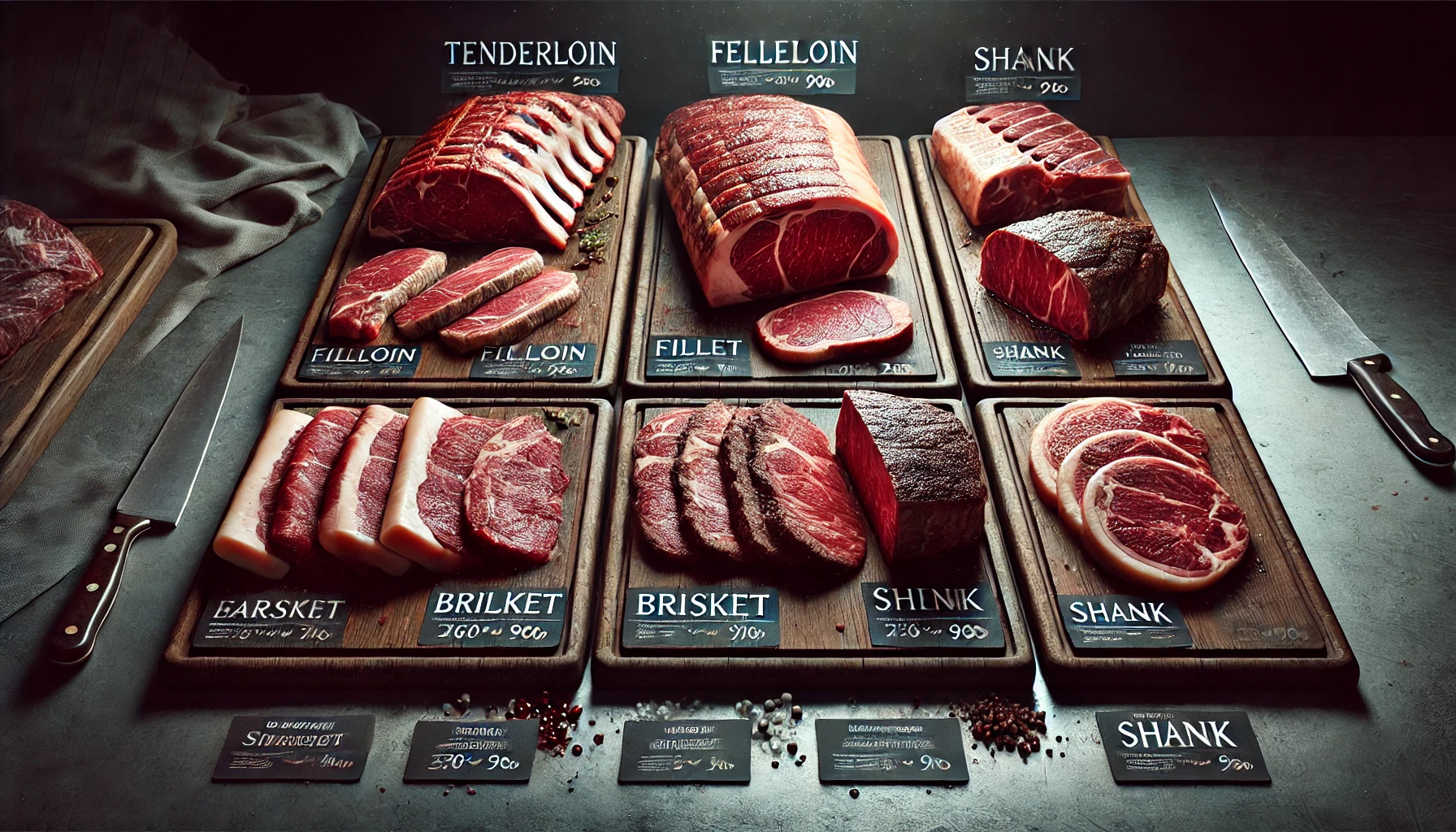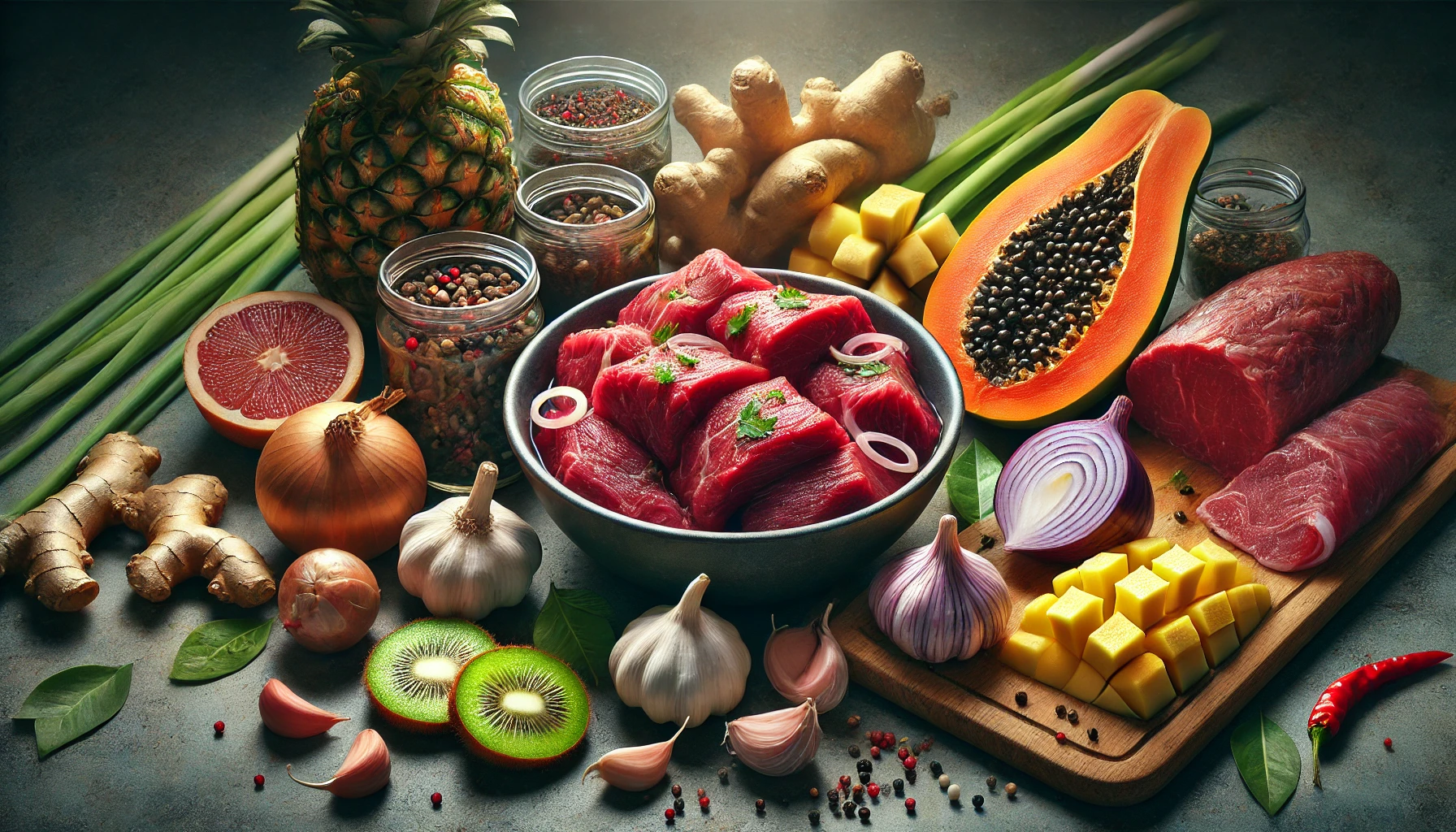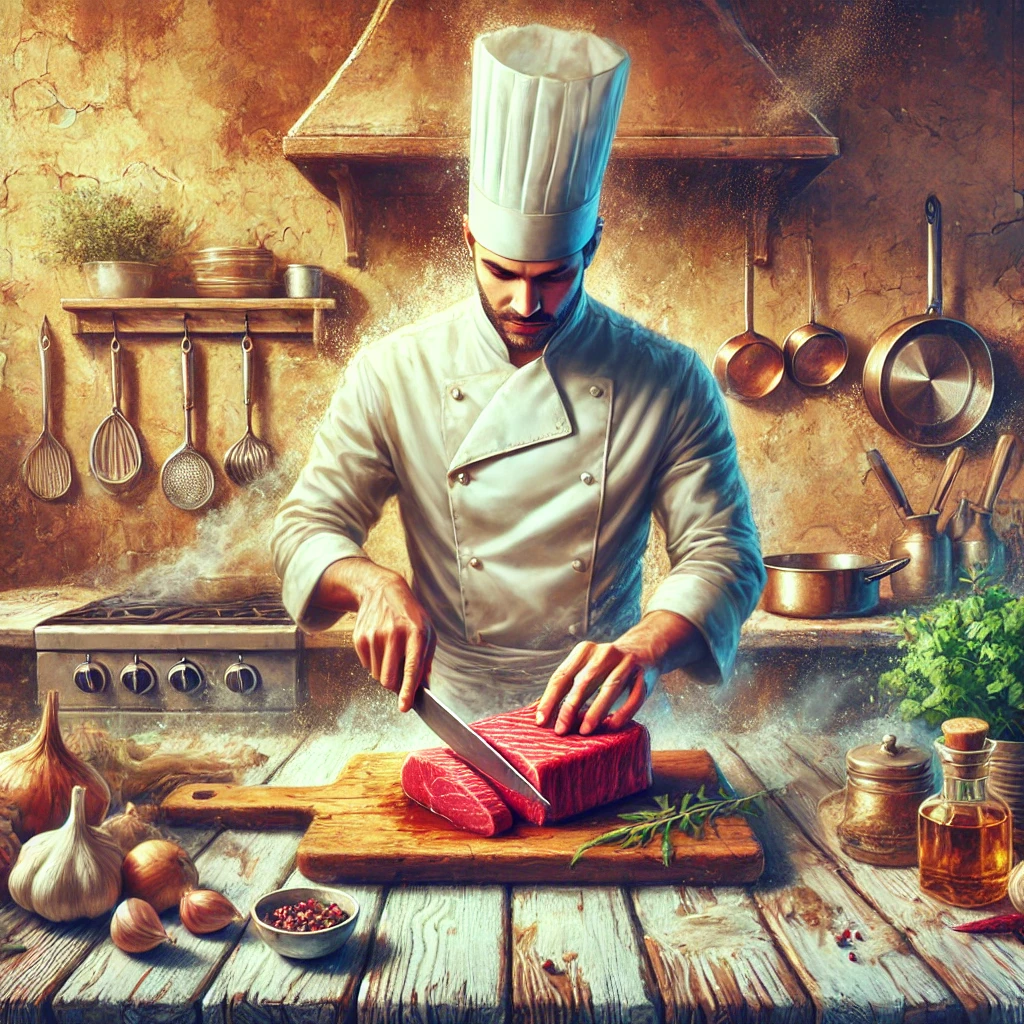
When it comes to cooking beef, ensuring that it remains tender and juicy can often be a challenge. However, with the right techniques, you can easily transform even the toughest cuts into delectable, melt-in-your-mouth dishes. In this article, we, as culinary enthusiasts, will guide you through the process of cooking beef to perfection, ensuring it doesn’t turn out tough. We'll share expert tips and tricks, backed by culinary science, to help you achieve the ideal texture and flavor.
To achieve the best results in cooking beef, select cuts that have minimal sinew and marbled fat, such as tenderloin, fillet, brisket, and shank. These cuts are known for their quality and tenderness, making the cooking process easier and the result more flavorful. Avoid choosing older, sinewy beef with dark coloring, as these tend to be tough and less enjoyable to eat.
High-quality beef should have a bright red color and a glossy appearance, with white marbling interspersed. This marbling contributes to the juicy and tender texture once cooked. Steer clear of beef with a dark hue, excessive marbling, or an unpleasant odor, as these signs indicate poor quality or spoilage.

Another key factor in selecting the best beef is its elasticity. Press gently on the beef; if it quickly returns to its original shape, it indicates good elasticity and freshness. Avoid beef that feels mushy, slimy, or has a fishy odor, as these characteristics suggest the meat is not fresh and might result in a tough and unpleasant dish.
You can refer to the extremely diverse and delicious beef recipes at Road To Seoul restaurant. Here, in addition to traditional Korean dishes, beef dishes are also extremely famous and delicious.
Marinating beef is a crucial step in ensuring your beef dishes come out tender and full of flavor. Here, we share some expert tips on how to properly marinate beef to achieve the best results.
Using ingredients such as ginger, garlic, onions, pineapple, papaya, and kiwi can significantly enhance the tenderness of your beef. These ingredients contain enzymes that break down protein structures in the meat, effectively making the beef softer and easier to cook. Incorporating these natural tenderizers into your marination process is a key aspect of cooking beef properly.
To enhance both the taste and texture of your beef dishes, marinate the meat with seasonings such as fish sauce, soy sauce, seasoning powder, sugar, pepper, and oyster sauce. These spices not only infuse the meat with rich flavors but also contribute to the overall softness and succulence of the beef. Proper seasoning is essential for achieving a balanced and delicious beef dish.

Allowing the beef to marinate for at least 30 minutes, ideally 1-2 hours, ensures that the flavors fully penetrate the meat and the tenderizing process is effective. This marination period is crucial for making the beef juicy and tender. The longer the marination, the more flavorful and soft the beef will be.
Cooking beef to achieve a tender and flavorful result can be challenging. Here, we provide expert tips on various methods to ensure your beef dishes are always soft and delicious.

For stir-frying beef, start by sautéing garlic and onions until fragrant. Quickly add the beef and stir-fry over high heat. Add sauces and spices, stirring continuously until the beef is just cooked. Avoid overcooking, as this can make the beef tough. This method keeps the beef tender and preserves its juicy texture.
Braising is another excellent method for keeping beef tender. Marinate the beef with spices, then place it in a pot to braise. Add fresh coconut water, filtered water, or broth to the pot. Braise the beef over low heat until it becomes tender and the broth thickens. This slow-cooking process ensures that the beef absorbs all the flavors and becomes soft and delicious.
Refer Road To Seoul Restaurant's Menu

When it comes to cooking beef, there are several crucial tips to ensure your beef dishes remain tender and flavorful. Here, we share expert advice to help you avoid common mistakes and achieve perfect results every time.
It's essential to slice beef against the grain to ensure tenderness. By cutting across the muscle fibers, you break them down, making the beef softer and easier to chew. This simple technique significantly enhances the texture of your beef dishes.
Cooking beef over high heat can cause it to contract, lose moisture, and become tough. To maintain the juiciness and tenderness of the beef, cook it over low to medium heat. This method allows the meat to cook evenly and retain its natural flavors.
After cooking, let the beef rest in the pot for about 5-10 minutes. This resting period helps the juices redistribute throughout the meat, making the beef more tender and preserving its natural sweetness. This step is crucial for achieving the best texture and flavor in your beef dishes.
By incorporating these techniques, you can master the art of cooking beef to ensure it remains tender and flavorful. Remember to slice against the grain, cook over low heat, and allow the meat to rest after cooking. These simple yet effective tips will transform your beef dishes, making them a delight for the palate every time. Embrace these methods, and enjoy the satisfaction of serving perfectly cooked, tender beef to your family and friends.